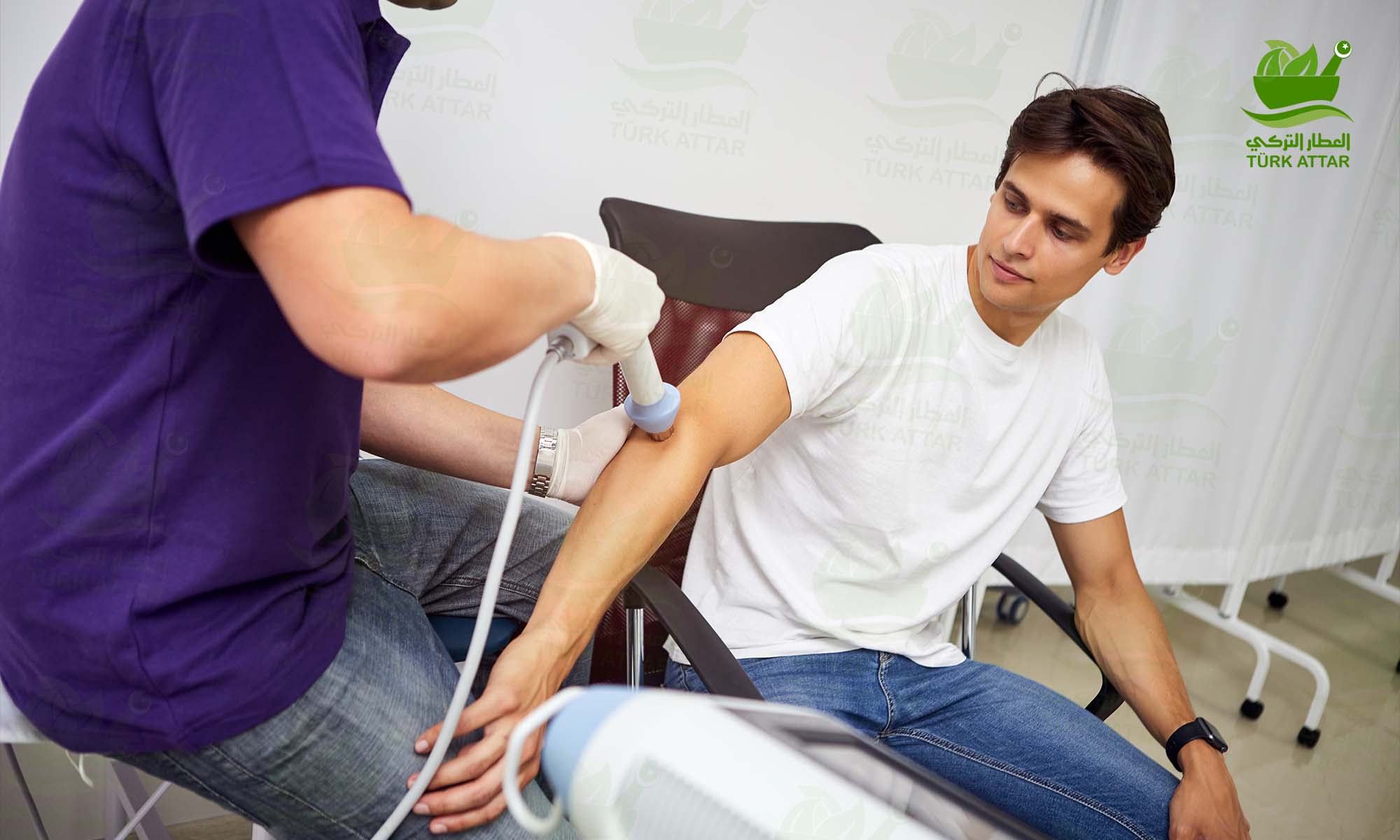
What is Tennis Elbow (Lateral Epicondylitis)?
The starting point of the muscles that pull the wrist backwards in the human body is the region known as the lateral epicondyle. Tennis elbow, whose medical name is lateral epicondylitis, occurs as a result of small tears and degeneration in the muscle-bone junction in this region due to repetitive strains. Excessive use of the hand and wrist causes tension in the forearm muscles, and in this case, tennis elbow manifests itself.
Tennis Elbow
Who Gets Tennis Elbow?
As the name suggests, this disease, which is frequently seen in athletes engaged in racquet, tennis sports, can also be seen in individuals belonging to occupational groups that strain their arm muscles in desk jobs. If you make movements that force the wrist for more than two hours a day, the possibility of tennis elbow discomfort increases. We can show the following examples from the occupational group where tennis elbow is frequently seen:
plumbers,
Painters,
carpenters,
It can even be seen frequently in housewives who do housework intensively.
The age range where tennis elbow is most common is the 30-50 age group.
What Are the Symptoms of Tennis Elbow?
The most important finding of tennis elbow is pain on the outside of the elbow. This pain is located on the bony prominence on the outer edge of the elbow and radiates to the forearm. For example, you may feel this pain in your elbow when lifting a heavy kettle or jug. Apart from this, we can list the symptoms of tennis elbow that can be seen as follows:
Tenderness and pain at the outer edge of the elbow,
Pain in your elbow when lifting a heavy object
Pain when raising or stretching the hand and wrist,
Pain when holding an object, clenching your hand into a fist, or turning a doorknob.
Pain is quite common when it comes to tennis elbow. If you lift the wrist backwards against resistance, the intensity of this pain gradually increases. This pain, which was low-intensity at first, gets worse as long as you continue compelling movements. Along with the pain, weakness in the arm muscles may also occur.
Tennis Elbow (Lateral Epicondylitis) Exercises That Can Be Done at Home
We can list the tennis elbow exercises that you can do at home as follows:
1) Wrist Movement: With the elbow, shoulder and wrist in line, press against the wall with the hand 90 degrees above the wrist. Repeat this exercise 10 times.
2) Forearm Movement: Standing at the side with elbow bent 90 degrees, turn palm up. Hold like this for exactly 5 seconds and turn the palm down again. In this state, wait 5 seconds. Just like the first step of the exercise, do this for 10 repetitions.
3) Elbow Movement: Move your elbow so that the inside of your palm touches your shoulder. Then restore it. Just like the first and second exercise, repeat this exercise 10 times.
4) Wrist Strengthening Movements
Wrist extension: Hold a hammer or can with palms facing down. Slowly lift this weight and return it to its original position. Repeat this wrist exercise 10 times.
Wrist flexion: Average 750 gr-1 kg. Hold an object of between ½ and ¼ weight with your palm facing up.
5) Pronation and Supination: Hold a hammer handle or tin in your hand with the elbow at a 90-degree angle. Slowly turn your wrist up and down. Repeat this exercise 10 times.

13 Comment(s)
1
1
1
1
1
1
1
1
1
1
1
1
1
1
1
1
1
1
1
1
1
1
1
1
1
1
1
1
1
1
1
1
1
1
1
1
1
Leave a Comment